Francesco Vezzoli arrives in Venice as the Biennale 2024 opens with his exhibition Museums of Tears, the result of a collaboration between the Venice Civic Museums Foundation and the Venice International Foundation. It is a site-specific conceived project by Francesco Vezzoli (Brescia, 1971), hosted in the rooms of the Museo Correr in Venice from April 17 to November 24, 2024.
Curated by Donatien Grau, this exhibition is based on Francesco Vezzoli’s long and continuous artistic research, characterized by a dialogue with ancient heritage. Almost 30 years ago, Vezzoli began embroidering tears on images of works of art, thus creating his own “museum” with the idea of questioning the very idea of the museum as an expression of power. In the context of the Museo Correr, where the Moderno installation highlights the permanent collection, the artist presents his research in a new perspective, with works spanning more than two decades of artistic production, including both historical pieces and works specially created for the occasion.
This exhibition marks a new chapter in the Venice International Foundation’s curatorial strategy, guided by the will of its President Luca Bombassei. An architect and collector of contemporary art, Bombassei addresses the Foundation’s fundamental goal of safeguarding and protecting Venice’s artistic heritage by inviting contemporary art to become a spokesperson for new forms of enjoyment and enhancement of the lagoon city’s most evocative and significant places.
Museums of Tears aspires to challenge the different ways in which artistic heritage is presented to the public and how our age relates to it through the ideological premises of each display, to explore the universal themes of human experience. The exhibition project, which came about at the invitation of the Venice International Foundation, finds its roots in the Correr Museum’s headquarters itself, where architect and designer Carlo Scarpa created a modernist layout to accommodate paintings and sculptures from the 13th to 17th centuries. Scarpa, with his vision, revolutionized the approach to presenting Venetian heritage, inventing new ways of staging works of art and creating a new sanctuary for local culture. Addressing this ambivalence between the contemporary and the historical, Francesco Vezzoli aims to fit into the exhibition context of the Correr Museum with respect for Scarpa’s approach, paying homage to Venice’s dual history as the custodian of a rich historical heritage and as an expression of modernity. In this context, Vezzoli establishes a connection with the museum’s collection, creating ideal parallels with Scarpa’s installations. The exhibition’s installation elements were designed by Filippo Bisagni.
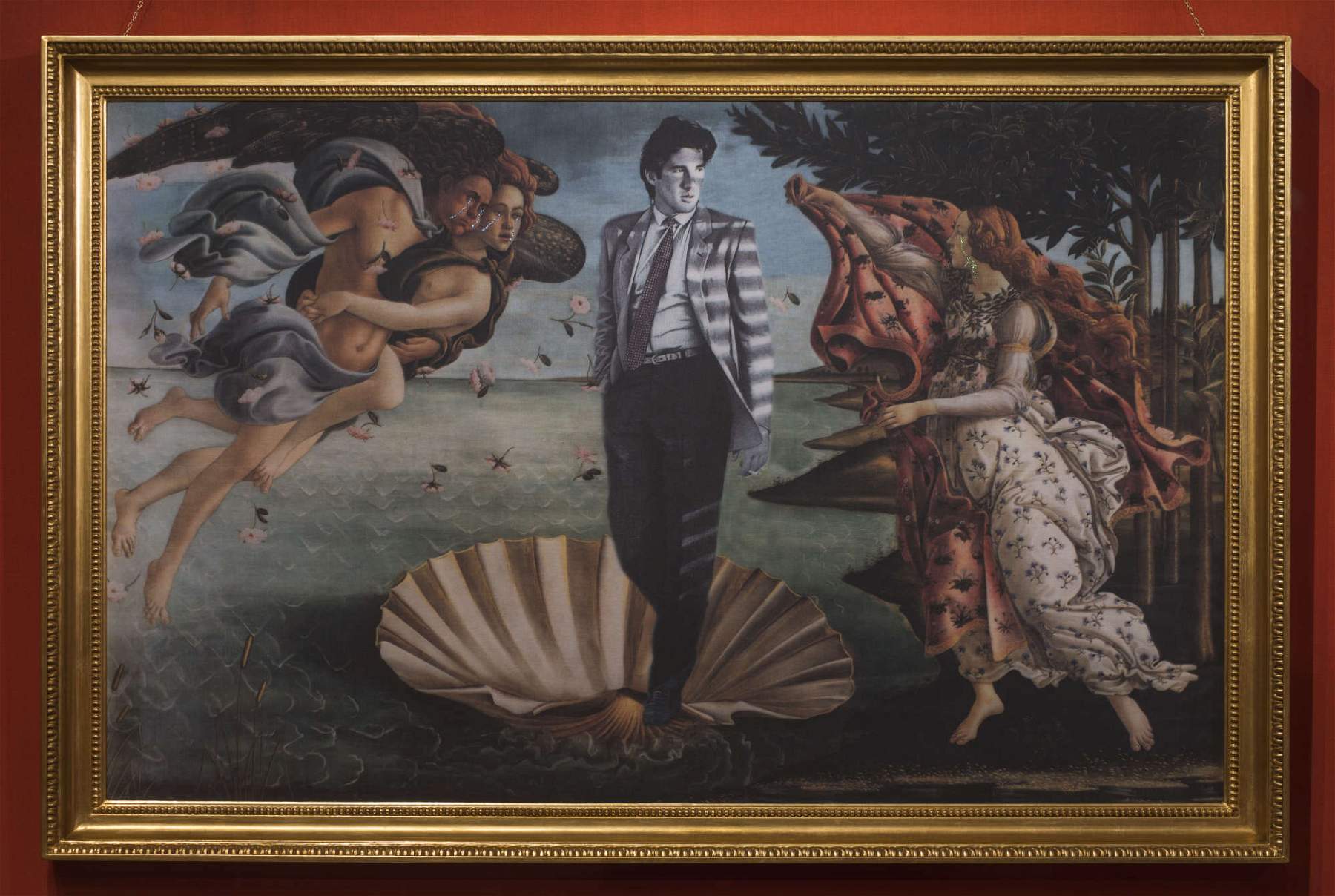
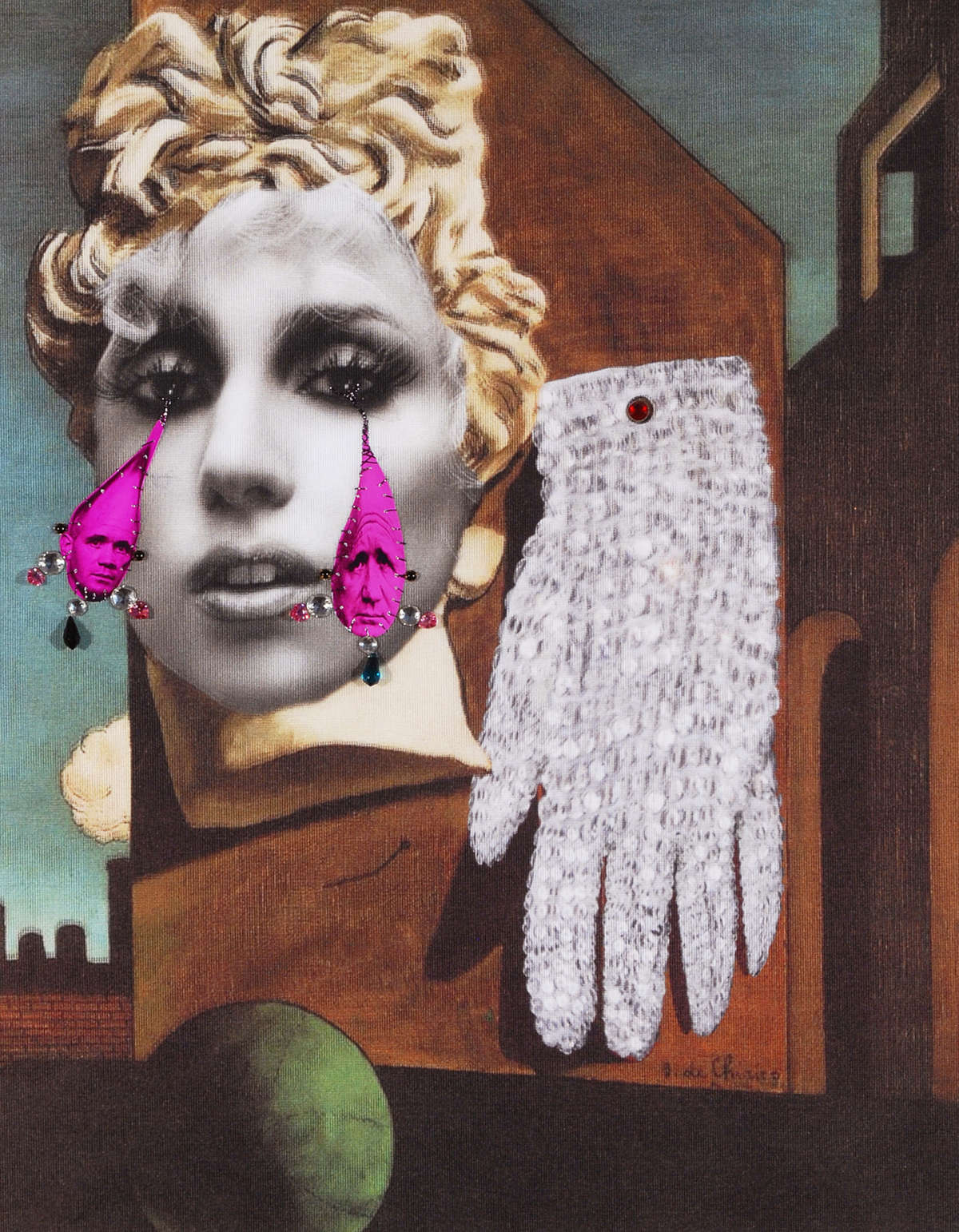
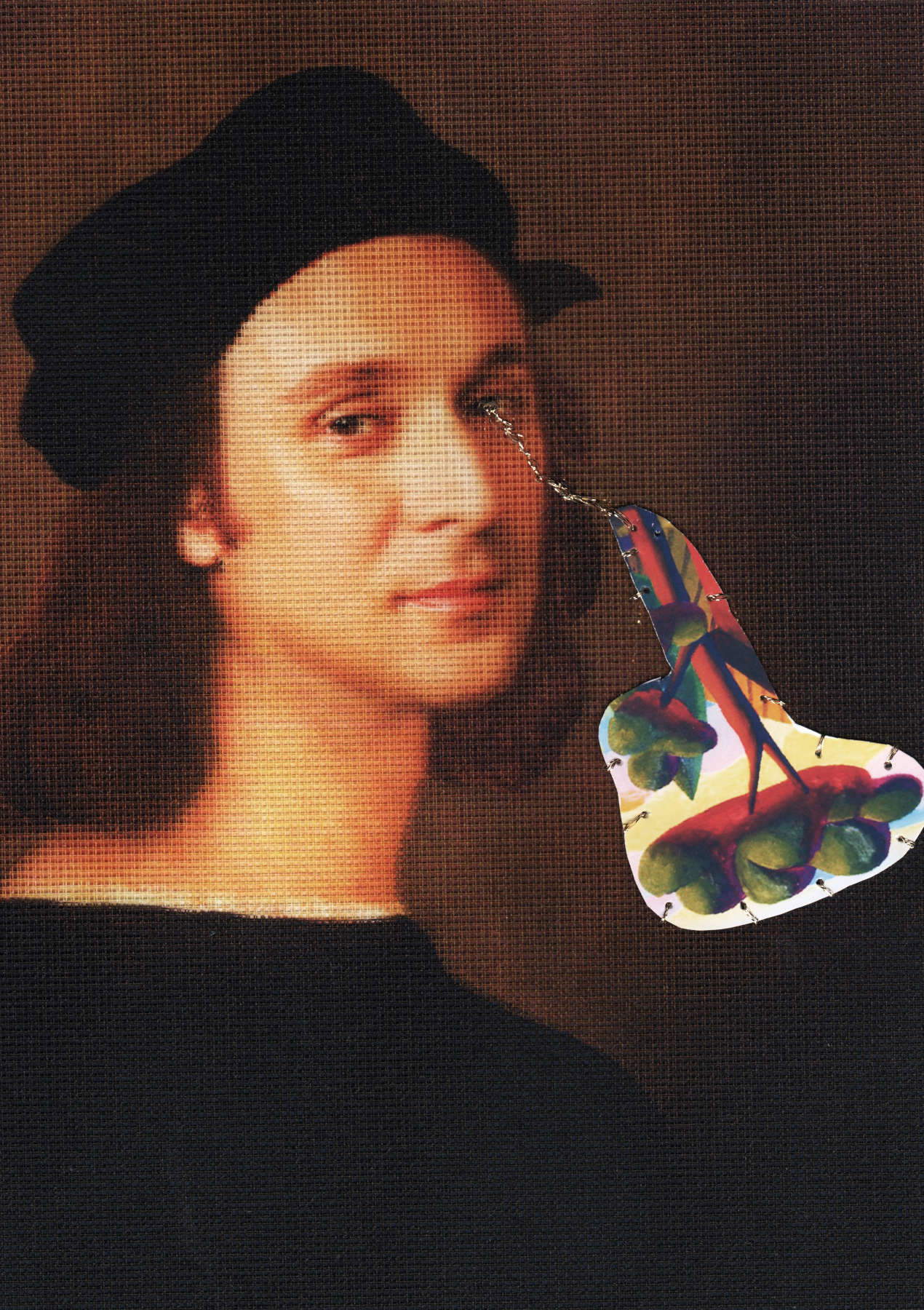
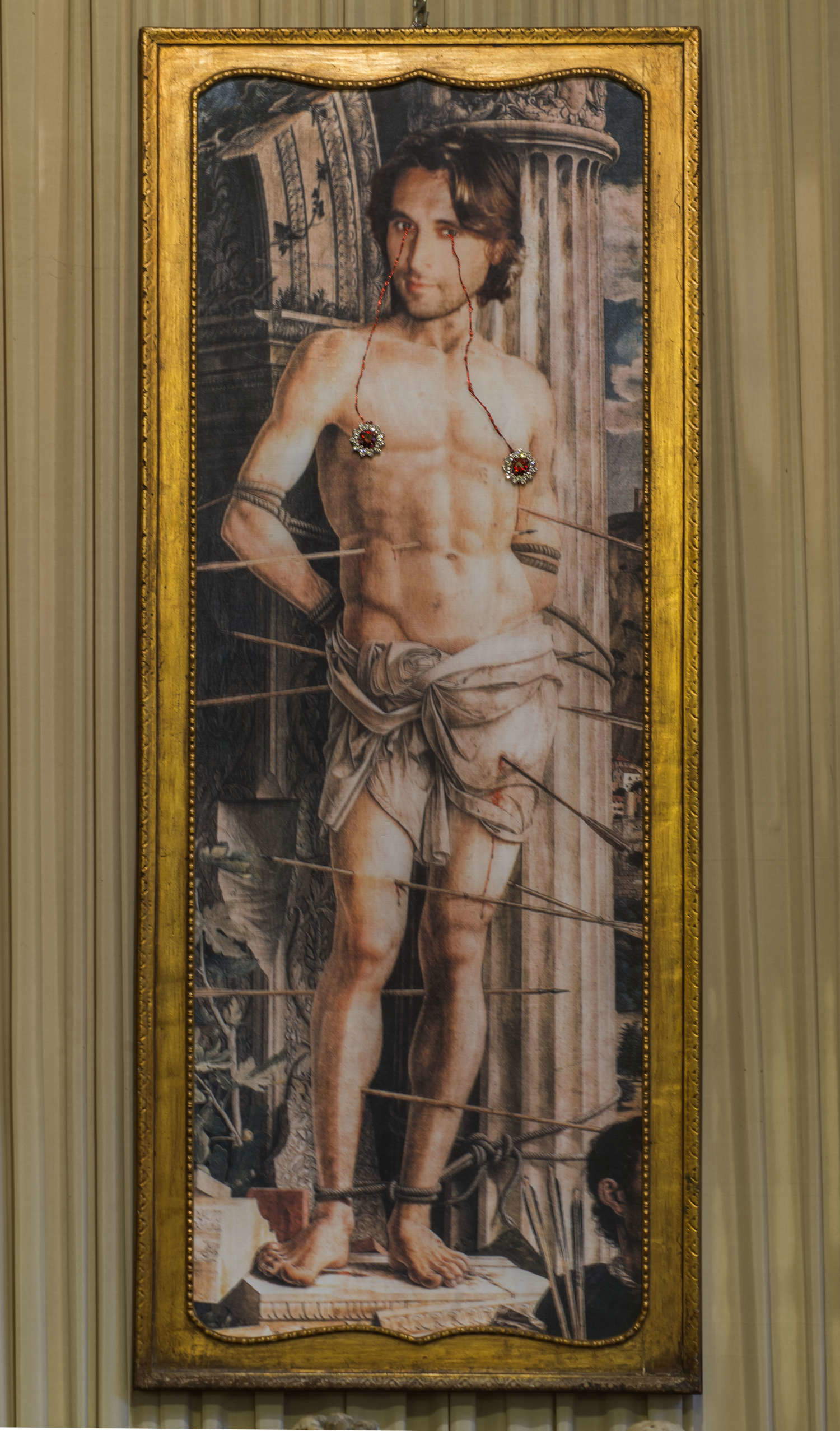
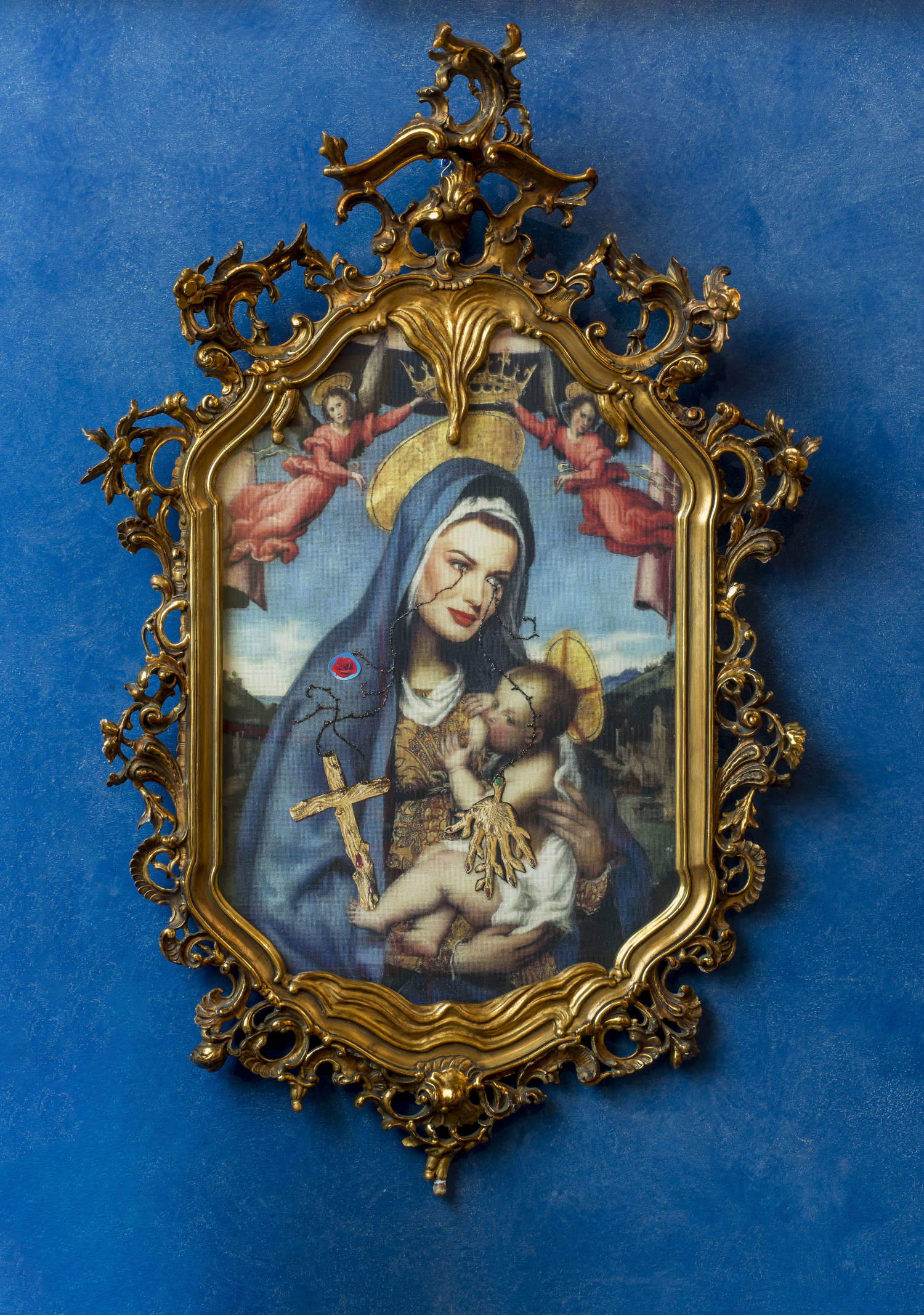
Luca Bombassei, President of Venice International Foundation, explains, “It was with great enthusiasm that we entrusted Francesco Vezzoli with the commission for a contemporary art project capable of dialoguing harmoniously with the iconic spaces of the Correr Museum. By shining a spotlight on the precious treasures that the museum holds, the intervention reinforces the Venice International Foundation’s commitment to the promotion of artistic innovation and the enhancement of Venice’s cultural heritage, a pivotal objective of the foundation since its origins.”
“What I have been offered by Venice International Foundation,” says Vezzoli, “is an extraordinary opportunity, a challenge that I am deeply happy to welcome. Immersing oneself in the halls of the Museo Correr, with its masterpieces set in the skeleton designed by Carlo Scarpa, is a real journey into the history of Venice-a history in which the contemporary and heritage are not contradictory, but can rather enrich together one’s perception of life in ways never imagined before, in which taste and context can be questioned. Museums of Tears is conceived as an investigation of lost tears in art history. From the Roman frescoes to the 20th-century Avant-gardes-present in the history of Venetian art-the human body has been represented and studied in every possible way. After extensive research, I realized that all kinds of activities and expressions of feelings can be found, except the act of crying. Tears are noticeably absent from the visual universe of art; they are a sign of weakness that we do not want to share publicly through art. Art can be intimate, like my act of embroidery, it can change our lives. This is what museums show, and I am excited to continue this journey in Venice, at the Museo Correr.”
For Mariacristina Gribaudi, President of Fondazione Musei Civici di Venezia, “the dialogue that arose from Vezzoli’s talk on the extraordinary heritage of the Correr, particularly with the masterpieces of the Quadreria di Cosmè Tura, Jacopo, Gentile and Giovanni Bellini, Antonello da Messina, and Vittore Carpaccio, to mention a few, who were themselves guests of honor in Carlo Scarpa’s design, tells us, once again, about the extraordinary life of museums and their ability to be places that always speak the language of the contemporary and topical, in every age. And that for this reason they must be part of the daily life of everyone, of all citizens, of all ages.”
 |
| Venice, Francesco Vezzoli challenges ancient art and the Correr Museum with his new exhibition |
Warning: the translation into English of the original Italian article was created using automatic tools. We undertake to review all articles, but we do not guarantee the total absence of inaccuracies in the translation due to the program. You can find the original by clicking on the ITA button. If you find any mistake,please contact us.